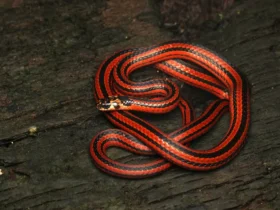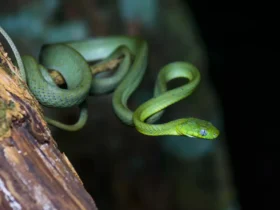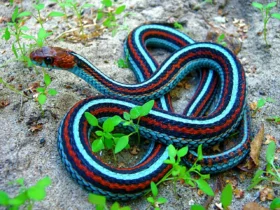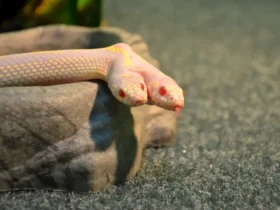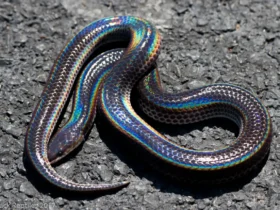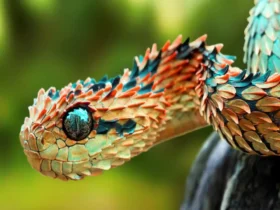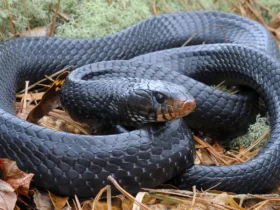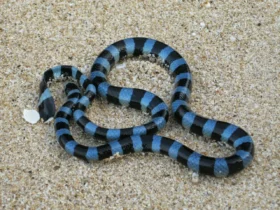In the diverse realm of reptiles, the Buff Striped Keelback (Amphiesma vibakari) stands out as a captivating serpent species. Found in various regions of Southeast Asia, this non-venomous snake mesmerizes both nature enthusiasts and herpetologists alike with its striking appearance and intriguing behavior. In this article, we delve into the world of the Buff Striped Keelback, exploring its distinct characteristics, habitat, and remarkable adaptations.
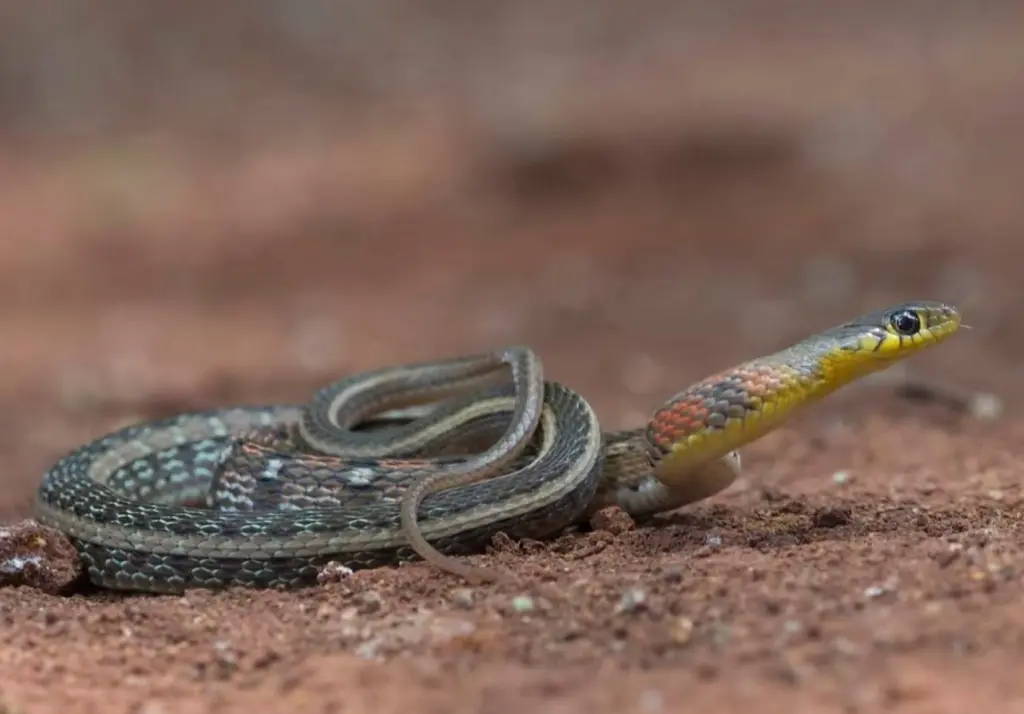

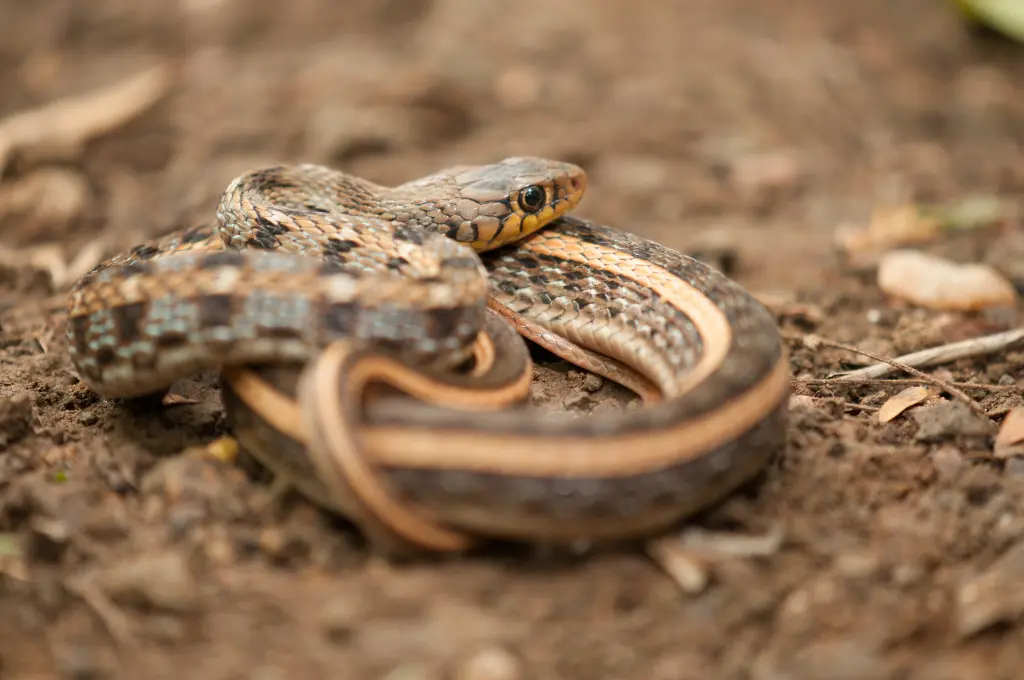
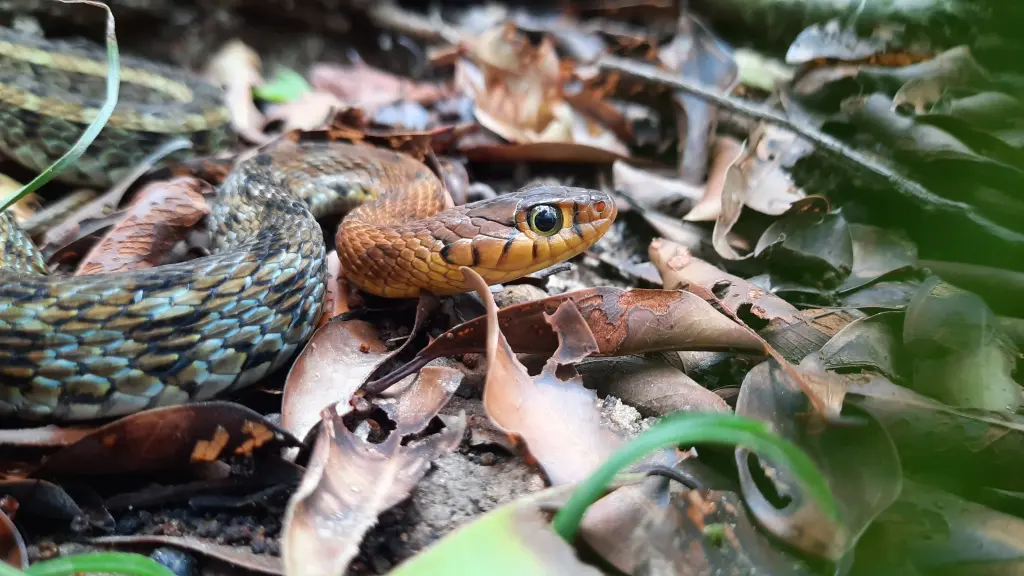
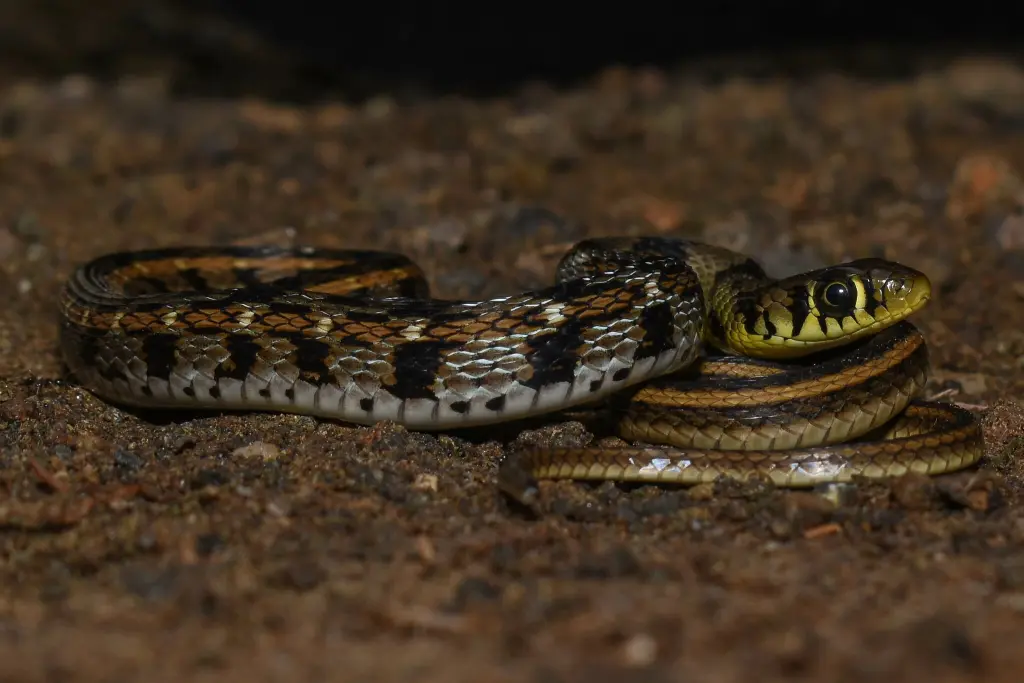
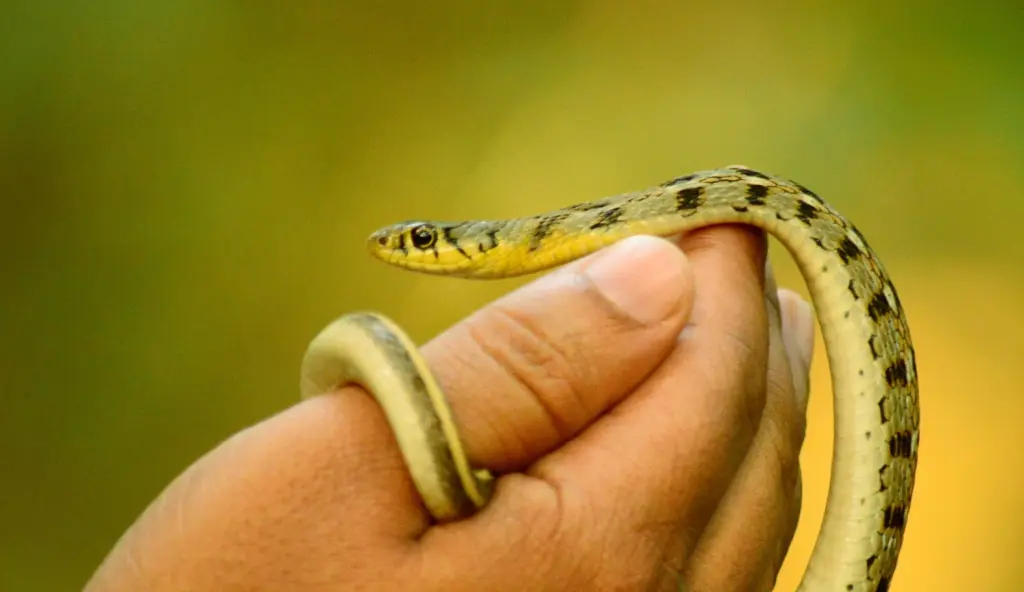
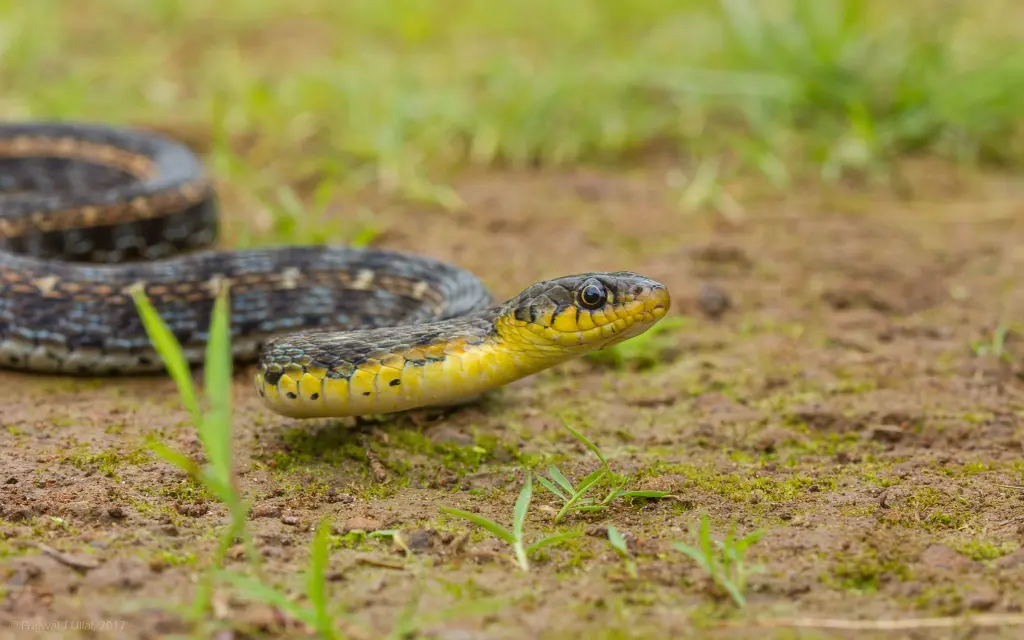
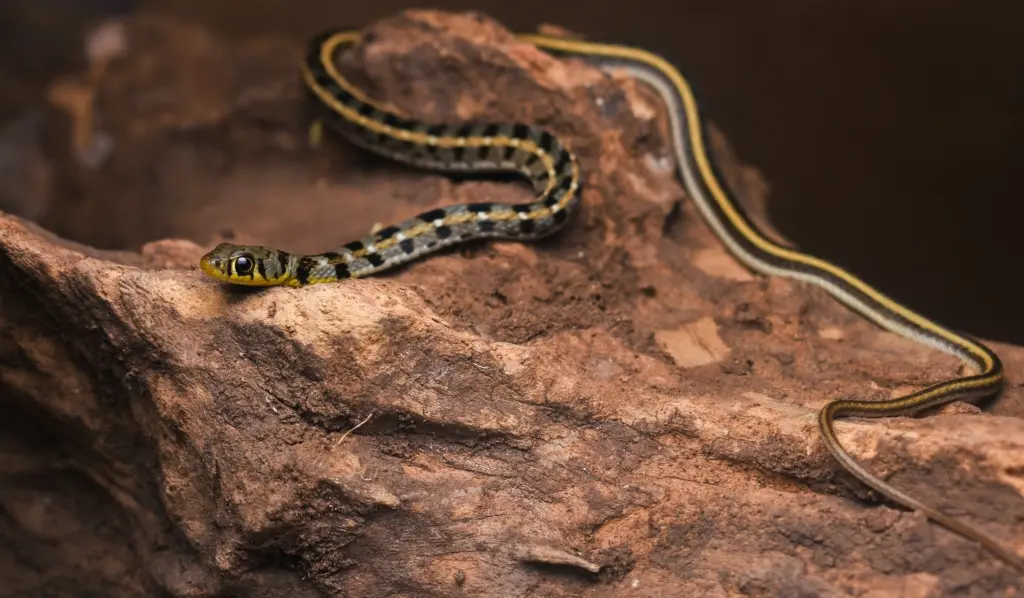
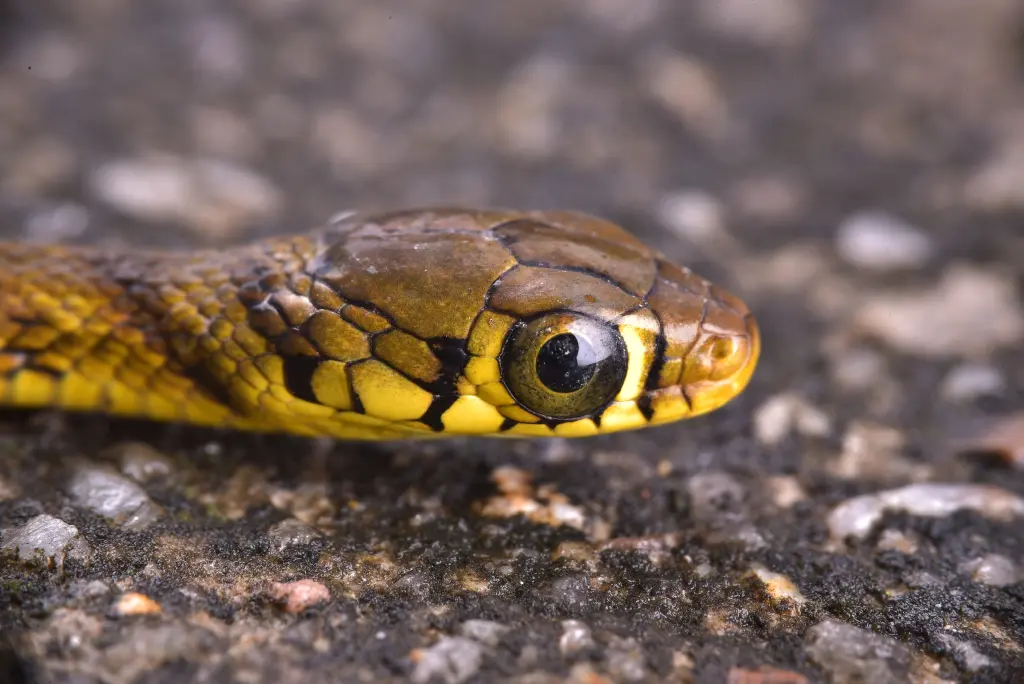
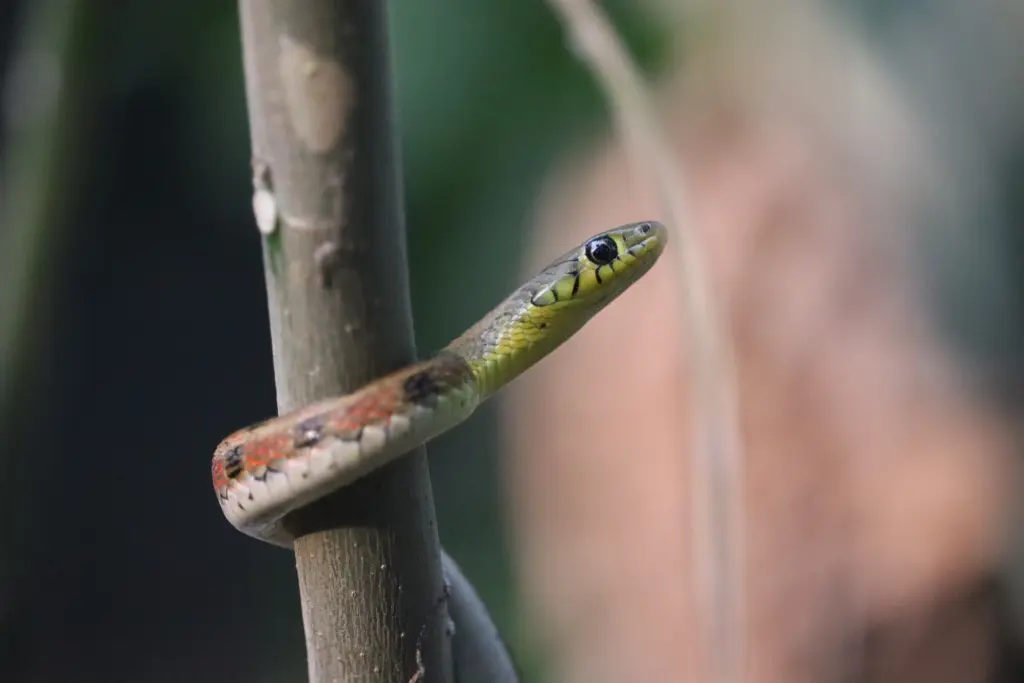
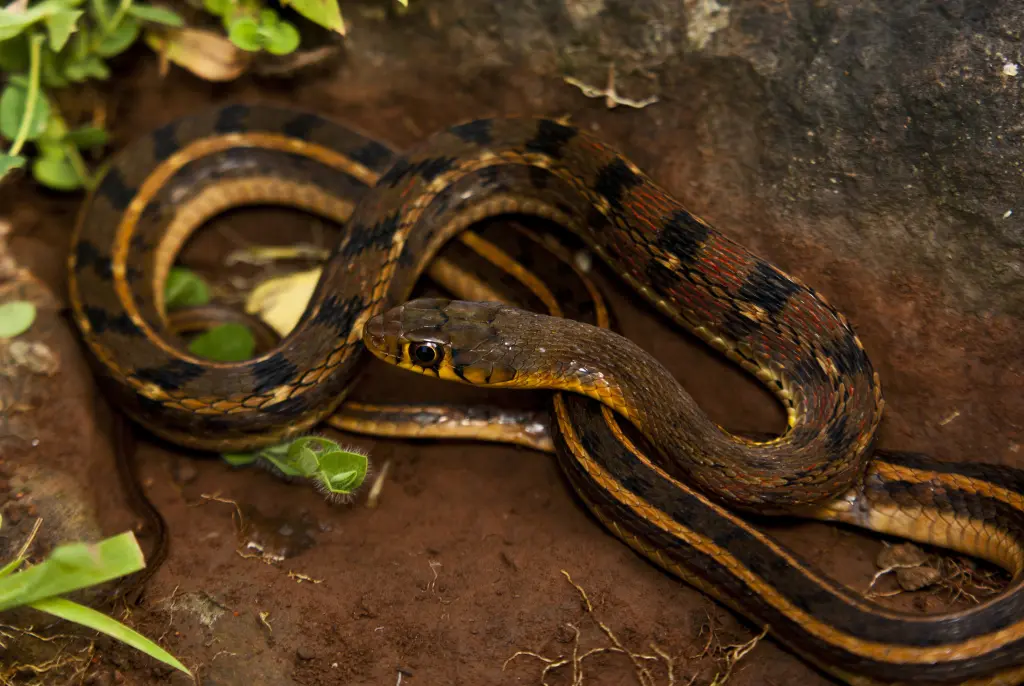

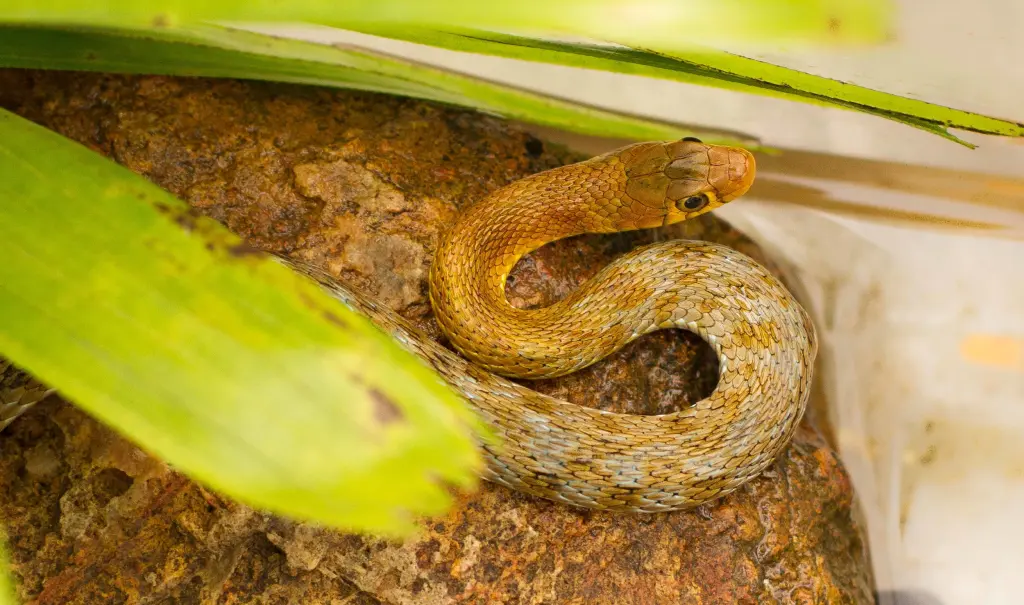
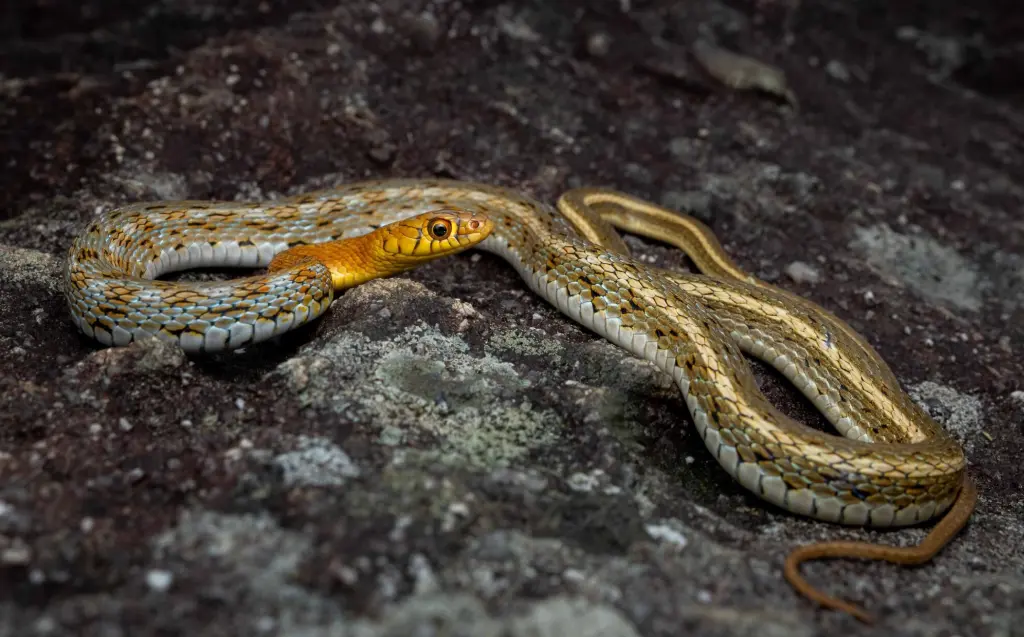
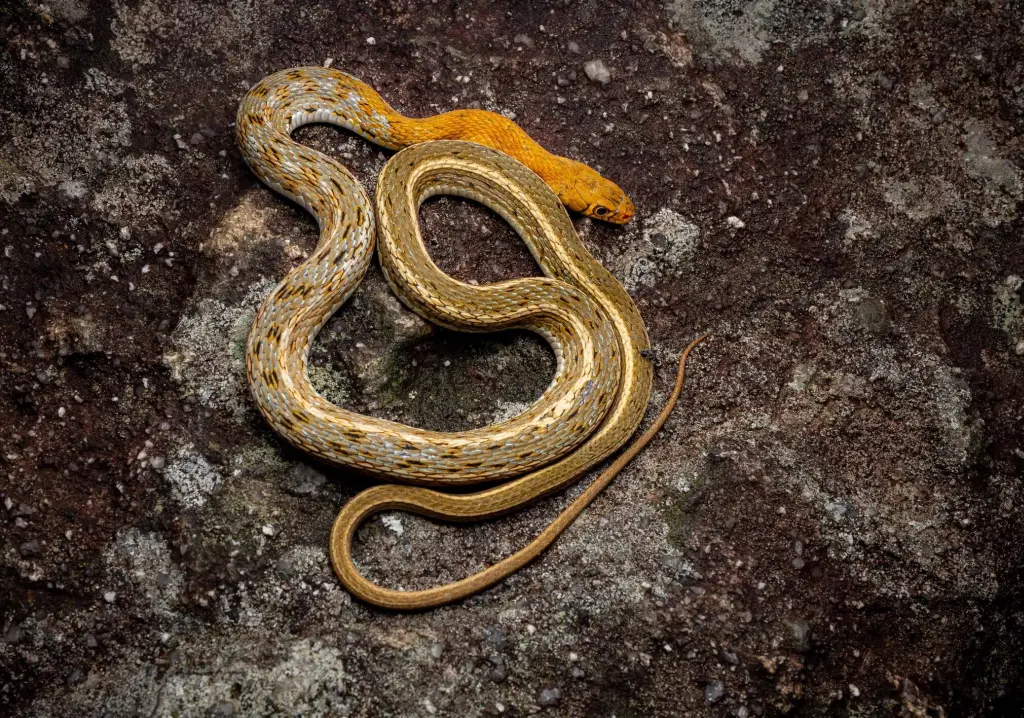
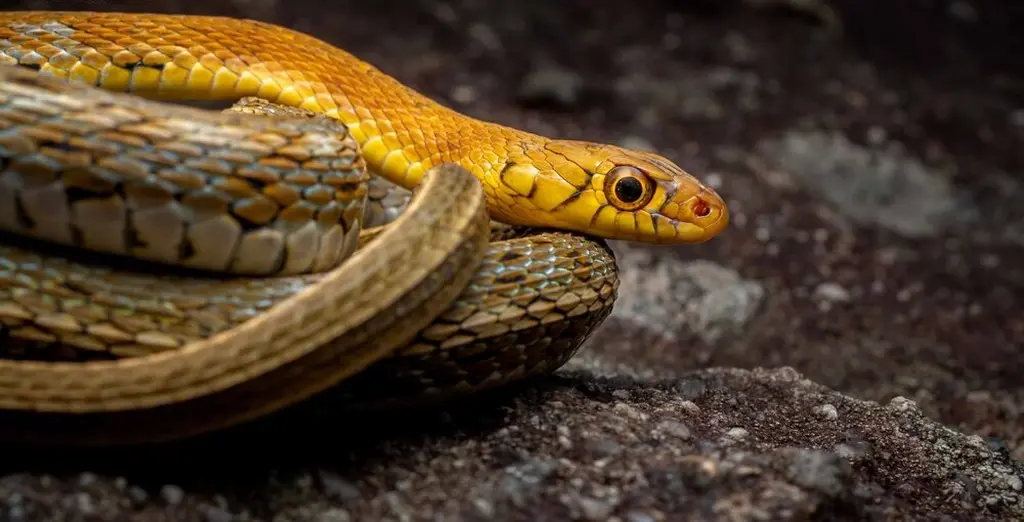
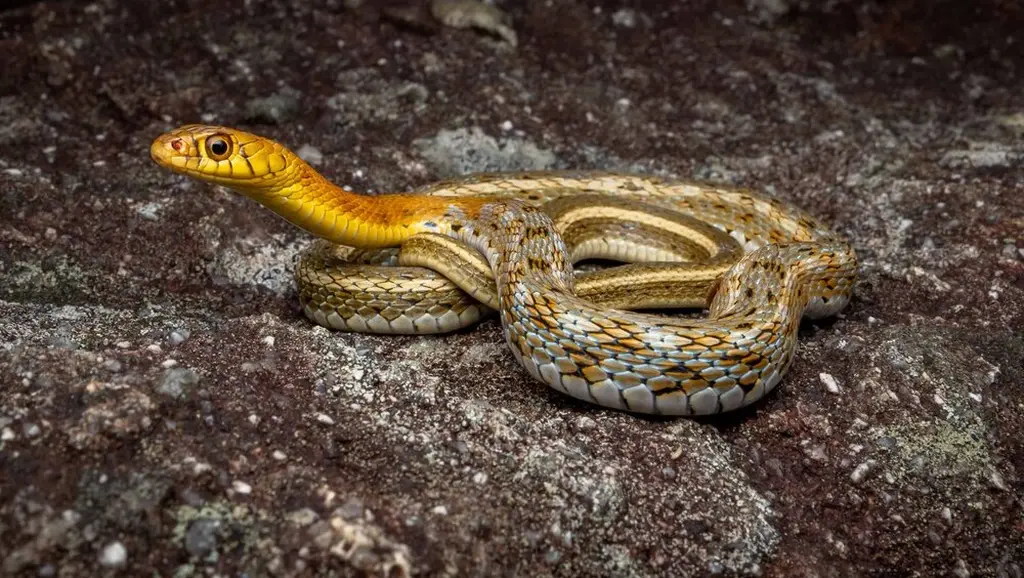
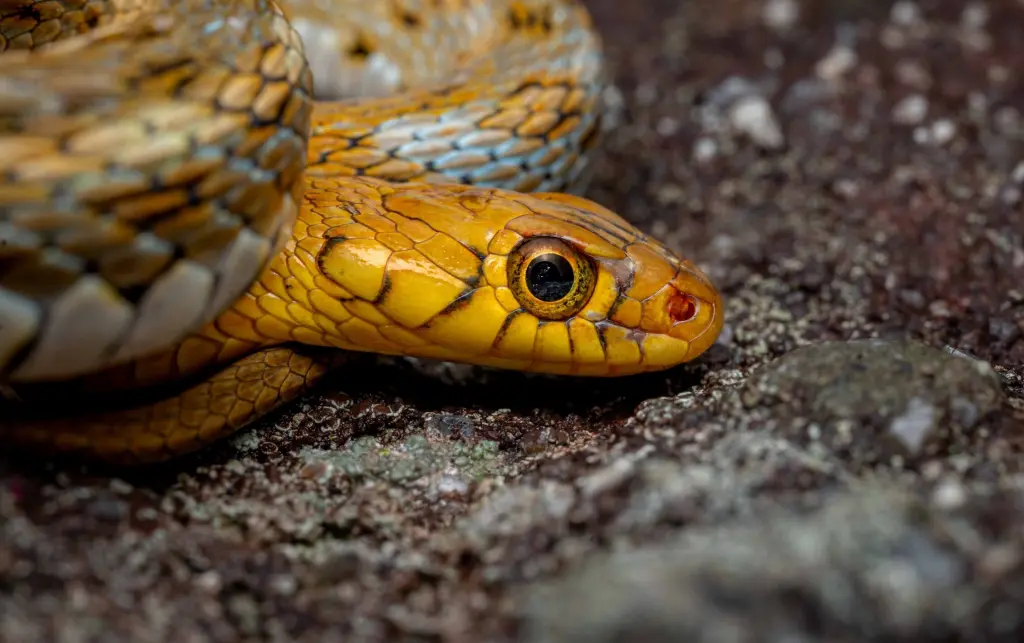
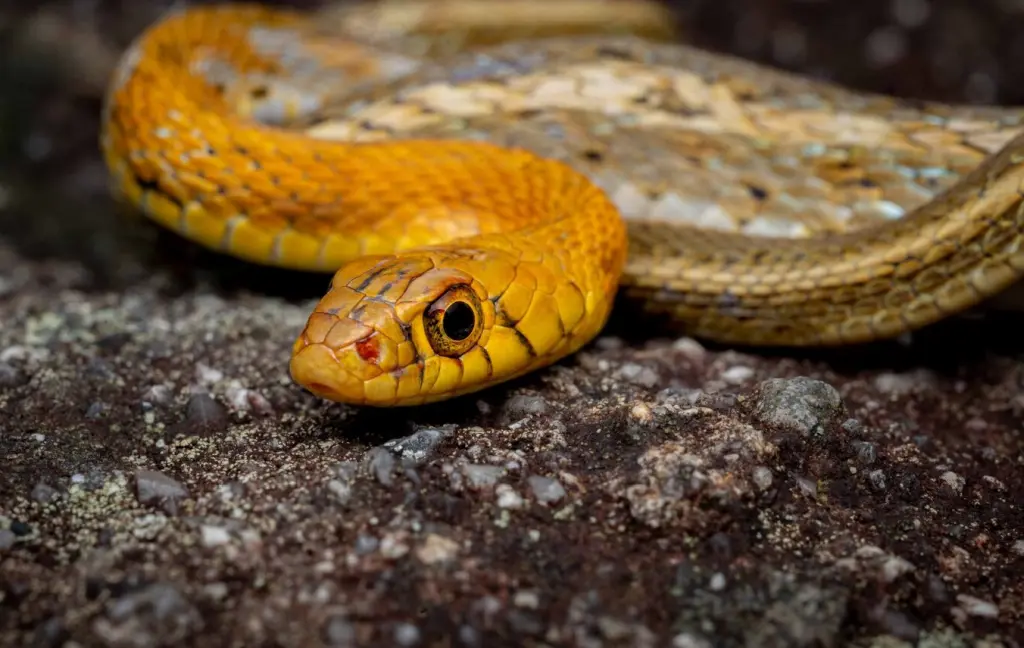
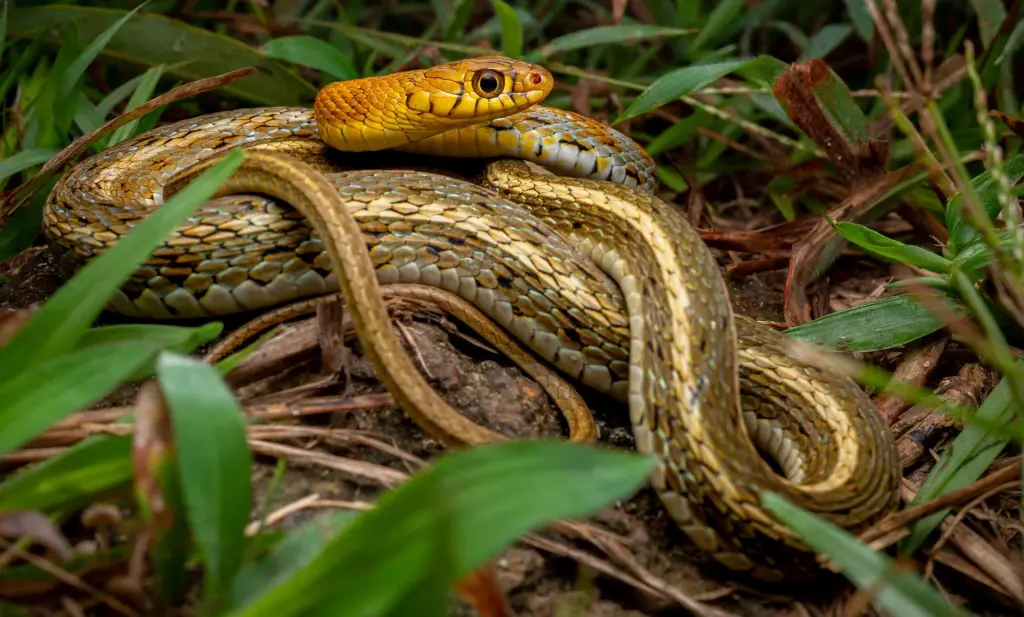
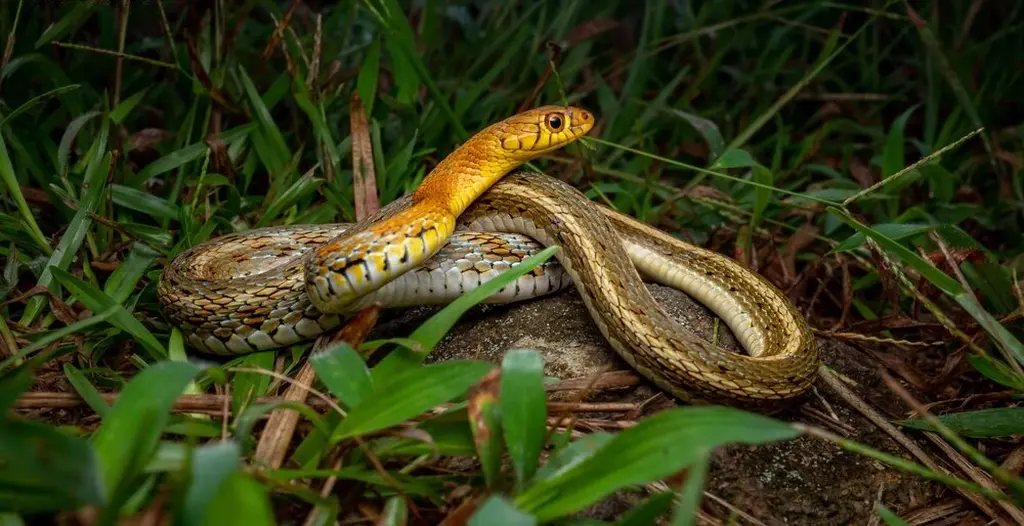
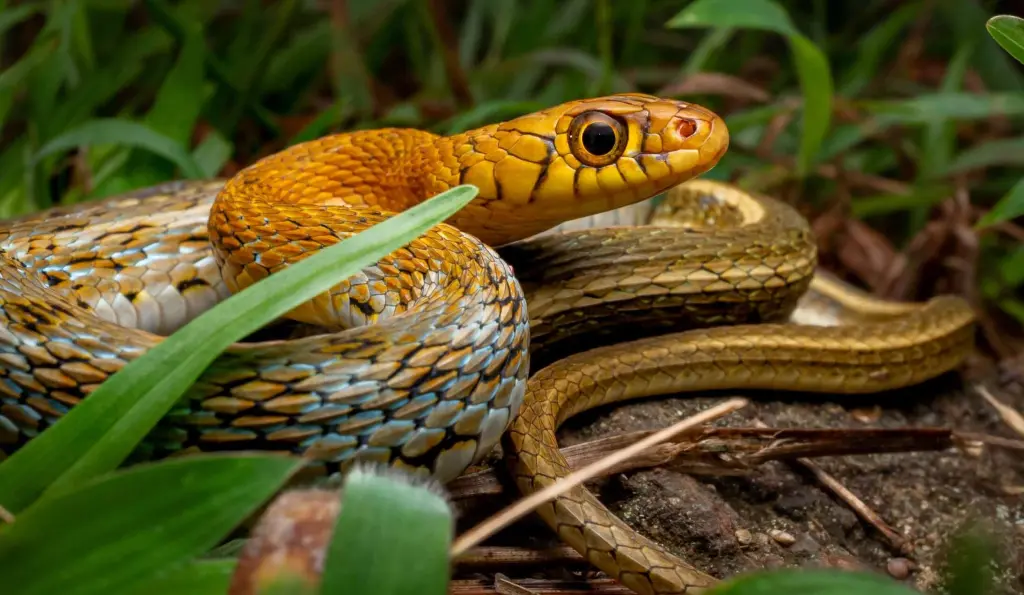
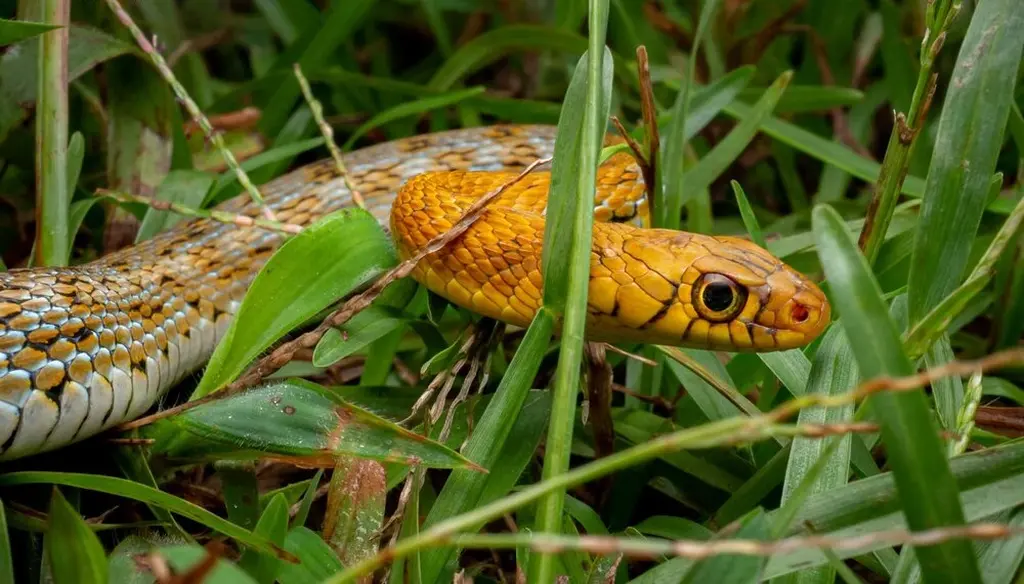
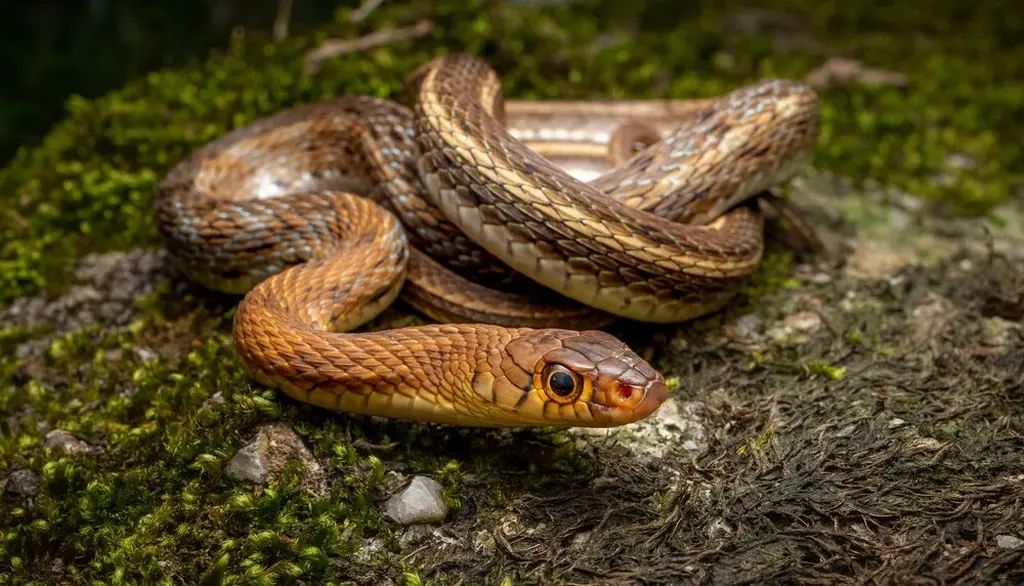
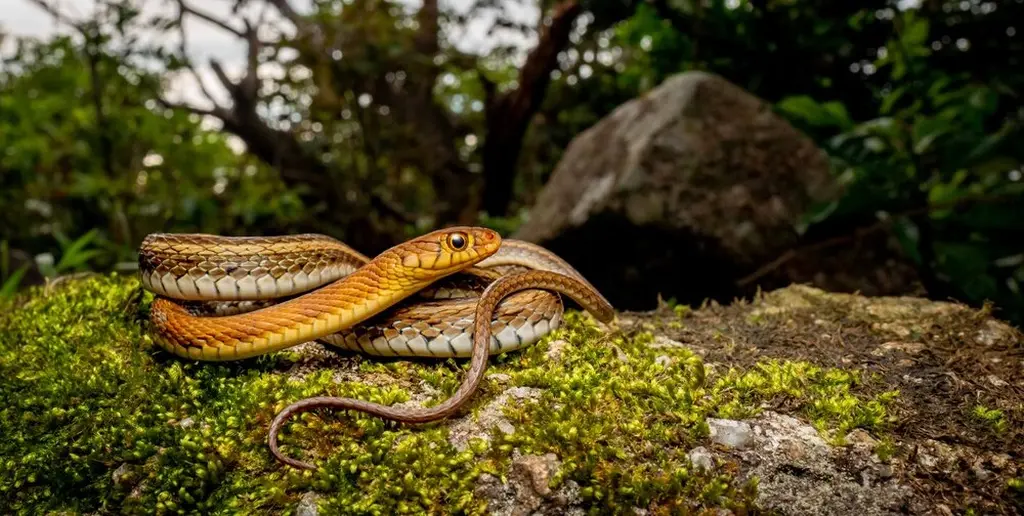
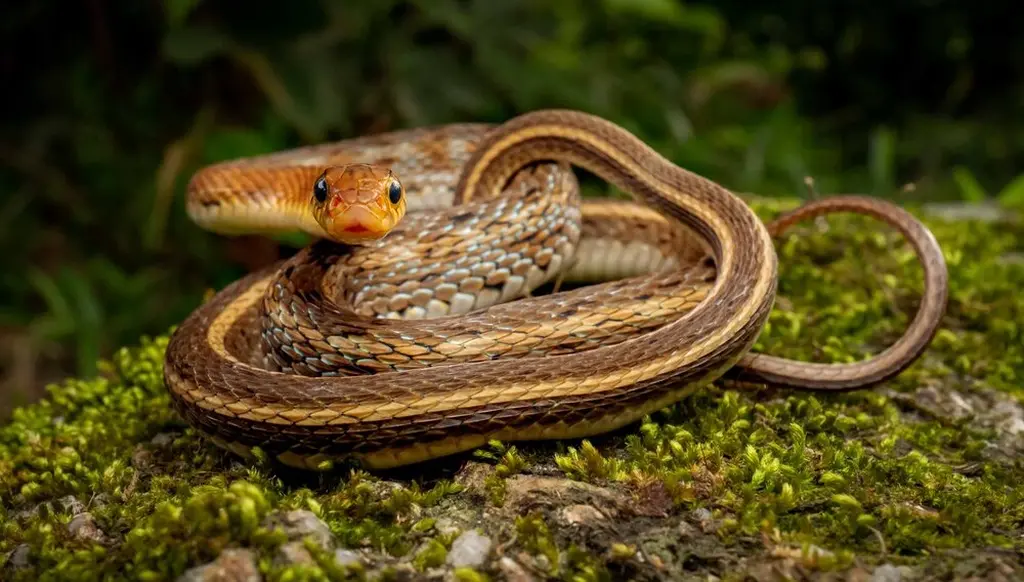
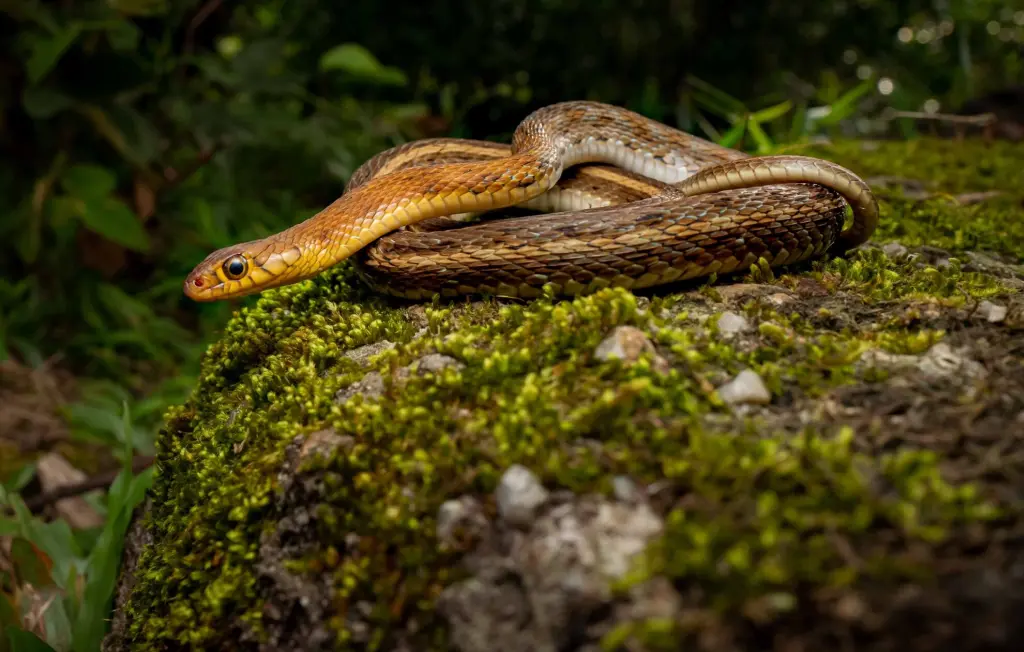
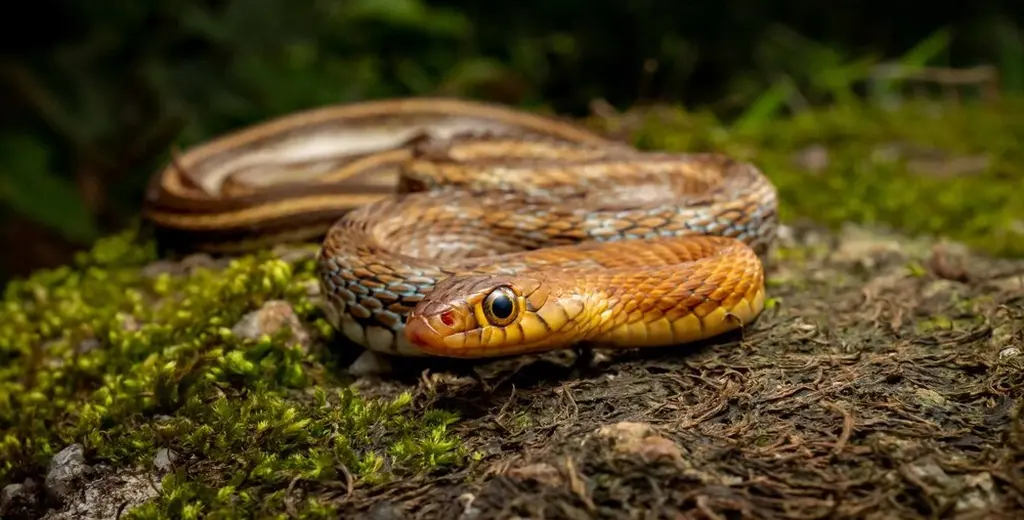
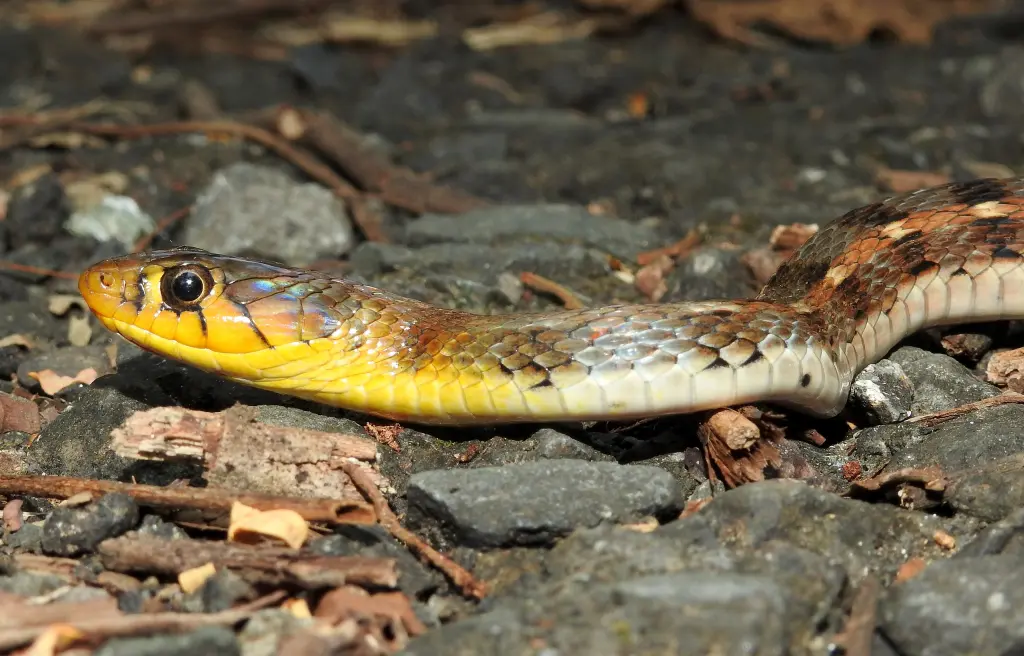

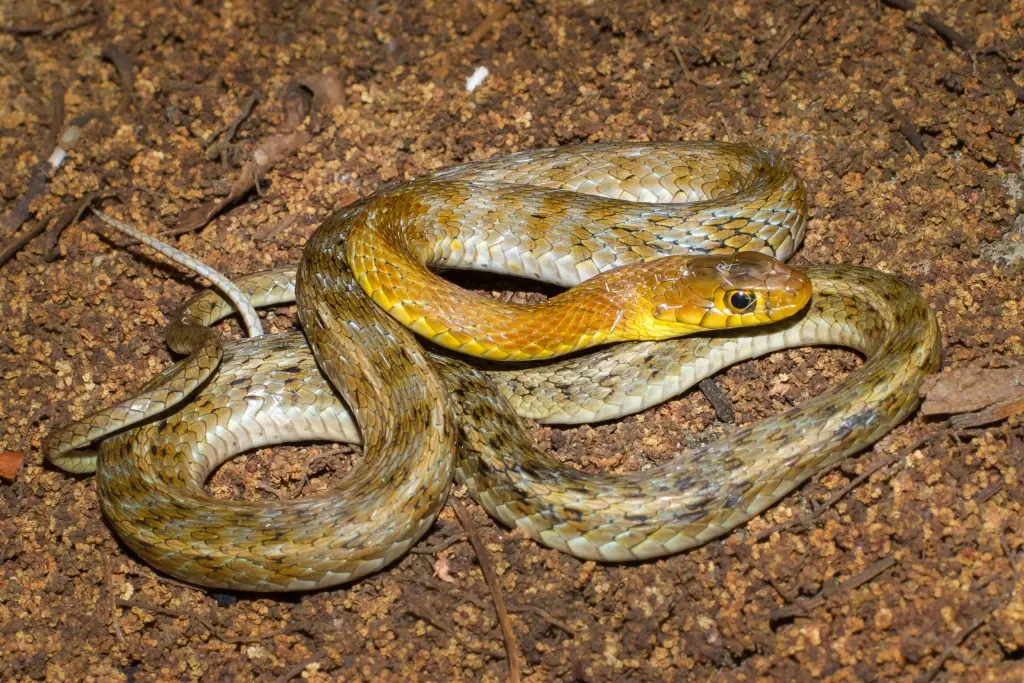
Appearance
The Buff Striped Keelback boasts a mesmerizing appearance that distinguishes it from other snake species. Adults typically measure between 80 and 120 centimeters in length, with males usually being smaller than females. The snake’s body is slender and elongated, with a characteristic keeled texture on its scales, which aids in its movement through diverse habitats. One of its most defining features is its coloration. Sporting a predominantly yellow or buff background, it displays a series of prominent dark brown to black stripes running along its entire length, creating a visually striking pattern.
Habitat and Range
The Buff Striped Keelback is primarily found in the tropical regions of Southeast Asia. It thrives in diverse habitats, including forests, grasslands, marshes, and even agricultural areas. This adaptability contributes to its wide distribution across countries such as Thailand, Malaysia, Vietnam, Cambodia, and Laos. While often encountered near water bodies, such as ponds and streams, these resilient snakes are equally comfortable exploring terrestrial environments.
Behavior and Diet
The Buff Striped Keelback is primarily diurnal, meaning it is active during the day. As an excellent swimmer and climber, it adeptly navigates through its surroundings in search of prey. Its diet consists of a variety of small vertebrates, including frogs, lizards, small mammals, and occasionally other snakes. Using its keen eyesight and quick reflexes, it ambushes and subdues its prey before swallowing it whole. This opportunistic feeding behavior enables the Buff Striped Keelback to adapt to different ecological niches and maintain a balanced diet.
Reproduction and Life Cycle
Breeding among Buff Striped Keelbacks typically occurs during the wet season, when food availability is at its peak. After mating, the female deposits a clutch of eggs, usually in moist soil or decaying vegetation. The incubation period lasts approximately 60 to 80 days, after which the hatchlings emerge. The young snakes are independent from birth and possess the same coloration as adults, ensuring their survival by blending seamlessly into their surroundings.
Defense Mechanisms
While not venomous, the Buff Striped Keelback employs several defense mechanisms to protect itself from potential threats. When disturbed or cornered, it may flatten its body and hiss loudly, mimicking the appearance and sound of a venomous snake. This bluff, along with its vivid coloration, often deters predators who perceive it as a potential danger. Additionally, it may release a foul-smelling odor or bite as a last resort to fend off attackers.
Final Thought
The Buff Striped Keelback stands as a testament to the remarkable diversity of snakes in Southeast Asia. Its visually stunning appearance, adaptable nature, and unique behavioral traits contribute to its survival and success in a variety of ecosystems. As we continue to explore and appreciate the wonders of the natural world, the Buff Striped Keelback serves as a reminder of the captivating species that inhabit our planet’s rich and intricate tapestry of life.
